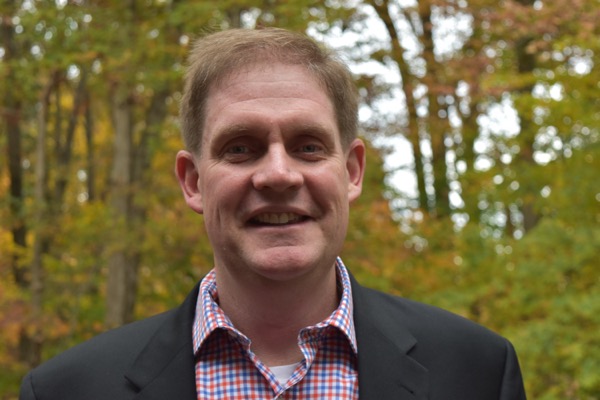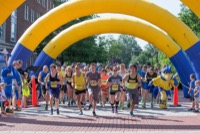
April 6: Cybersecurity lecture
Speaker to address machine learning techniques for text, imagery, video processing
10:11 a.m., March 17, 2016--Cybersecurity expert James Nolan will deliver the third and final lecture in a series hosted by the University of Delaware Cybersecurity Initiative on Wednesday, April 6.
The lecture, “Machine Learning Techniques and Applications for Text, Imagery, and Video Processing,” will take place in Mitchell Hall from 2:30-3:30 p.m., with a reception to follow in the lobby of DuPont Hall.
Events Stories
June 5: Blue Hen 5K
June 6-9: Food and culture series
Lecture abstract
Today’s technological environment provides an unprecedented number of sensors to collect data. From data collected by satellites and surveillance cameras, to social media, to data collected on iPhones, people are experiencing a data explosion.
In this data-rich, information-poor situation, people’s ability to develop and deploy new sensors to capture data far outstrips their ability to process and make sense out of it. Much of this information is captured as raw text, imagery, and video, and extracting the important information from this sea of data remains a difficult challenge.
In this talk, Nolan will discuss machine learning techniques used to solve this problem — for example, statistical topic modeling, entity disambiguation, semantic role labeling, relationship extraction, and deep learning — and their real-world solutions and applications.
About the speaker
James Nolan is the vice president for analytic technologies at Decisive Analytics Corporation (DAC) in Arlington, Virginia. He leads a world-class team of mathematicians, computer scientists and engineers in the development of patented text, video, audio and data fusion capabilities that are deployed worldwide in military, intelligence and commercial systems.
Nolan received the 2007 Tibbetts Award for transitioning statistical techniques for intelligence analysis to the Department of Defense.
Nolan holds master’s and doctoral degrees from George Mason University, where he currently serves as an adjunct professor of computer science.
Article by Diane Kukich








